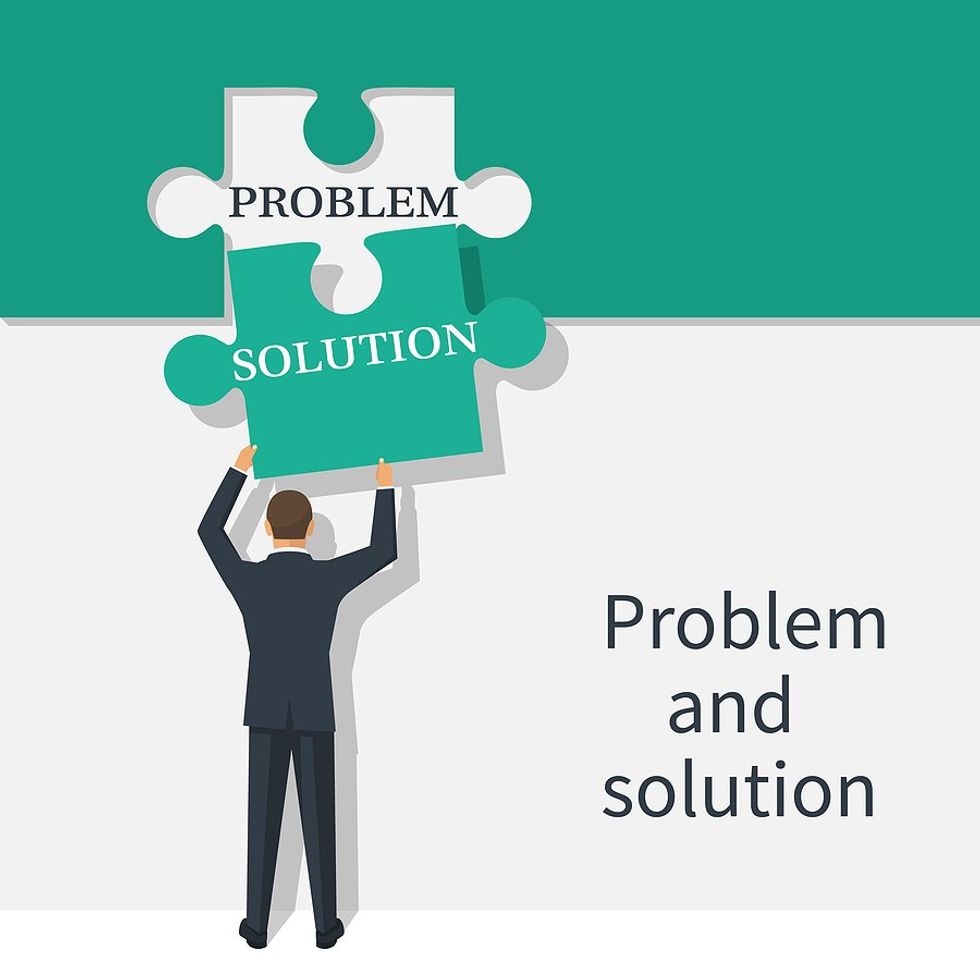Did you recently get a big promotion or start a new job and now have a new circle of individuals you’re working with (whether you work in IT, finance, HR, or another department)? It’s important to do the job successfully and that includes being a trusted business partner. Within IT, how well does the IT technology plan support the business partners? For example, how much does the plan focus on the technology initiatives versus aligning with the goals and objectives of your strategic business partners?
Most organizations have limited resources so it’s key to use those resources efficiently and effectively. Not only do you want efficient resource utilization, but still be strategically aligned with the business goals. So actively work together fostering collaboration and creating a culture of collective problem-solving. When you do, some potential benefits of working together are:
- Cost optimization,
- Increased productivity,
- Better adoption of changes,
- Innovation and competitive edge,
- Measurable value creation, and
- Trust and credibility.
Not Working In A Silo

Image from Bigstock
If you don’t invest enough time to build strong relationships, others could make assumptions on their own. Generally speaking, do departments including IT seem to operate more in silos? Or is there a perception that IT is seen as more technically focused over understanding the business’ broader goals? If this is the case, IT could be perceived as a cost center with limited involvement in strategic decisions.
If that is the case, these perceptions can be changed, and it’s not just for IT. Years ago, I took over Internal Audit at a bank. The group meticulously performed audits but wasn’t a “trusted business partner” who was sought out. I told my boss that I would know we had successfully changed our reputation when we started getting phone calls from the business requesting our assistance and participation in projects. We changed our processes, developed the staff, and turned around our reputation. We had established ourselves as a competent, collaborative, and trustworthy partner. As a result, there was mutual respect, and they knew that we had their best interests in mind to help them.
Regarding IT, it can go beyond being a support function to a strategic partner that is innovative and solves challenging problems with transformative solutions. A partner that fosters cross-functional collaboration focusing on the business and customer experience helping build a competitive advantage. Some initiatives affect both IT and the business such as cybersecurity, or when the organization wants to utilize artificial intelligence (AI) to automate repetitive tasks, enhance decision-making, or unlock new possibilities for data-driven insights.
Solutions Aligned To Business Problems

Image from Bigstock
Take the time to understand the business goals and processes. Then make sure the IT initiatives align with those business goals. Since business needs are continually changing and evolving, communication is key. Seek feedback from your partners and have regular check-ins so that you can adjust, as necessary. If there are any challenges or conflicts, address them right away.
When completing projects, show tangible benefits such as key performance indicators (KPI) for business objectives or measuring the return on investment (ROI) for IT projects. Once the change has been implemented, discuss what went well and what could be improved next time. Also, encourage continuous improvement and monitor to ensure you’re getting the anticipated benefits or other additional improvements.
When you implement these types of practices, you will be better connected with the business and aligned with its goals. This will enhance your relationship to become a trusted business partner driving organizational success.
For more information about the importance of being a trusted business partner, follow me on LinkedIn!




